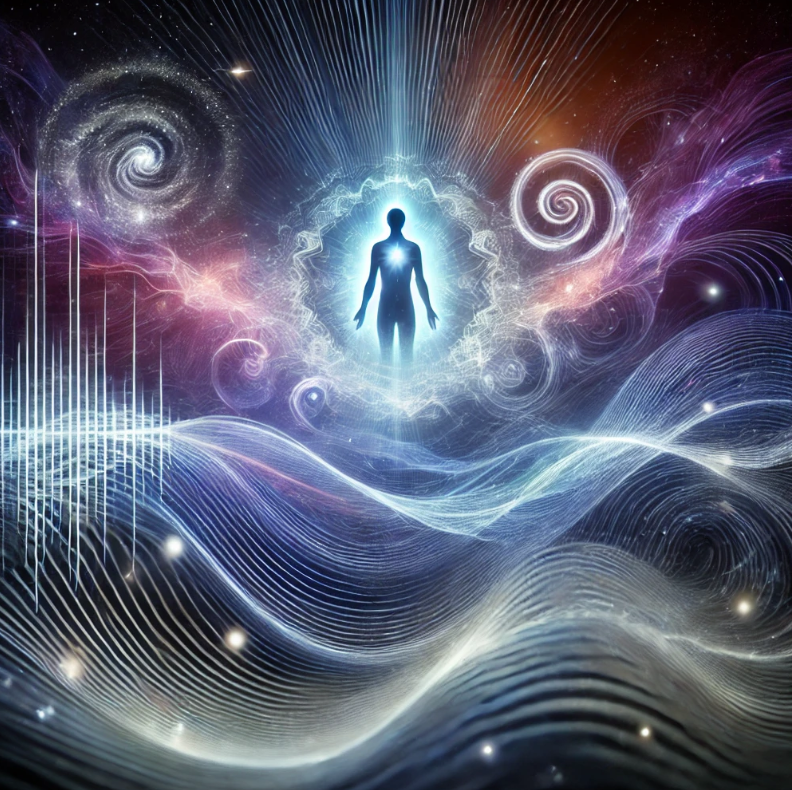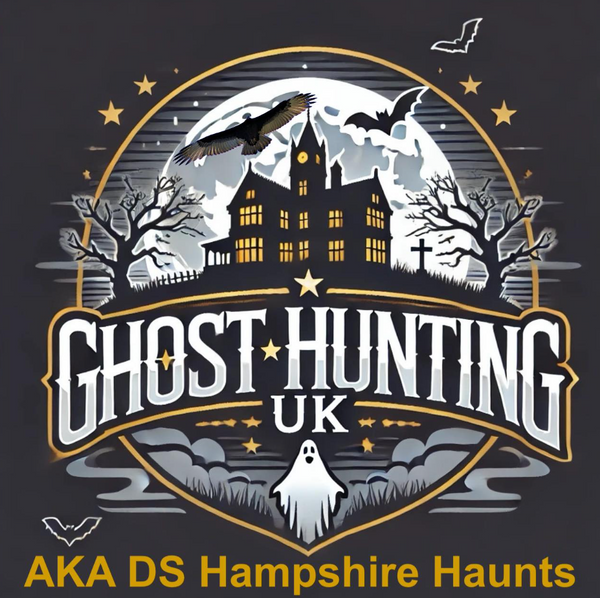
Energy, Frequency, and Resonance: Bridging Science and the Paranormal
Share
In the realm of paranormal investigations, three words often arise in discussions: energy, frequency, and resonance. While these concepts have solid grounding in science, they also play a fascinating role in theories about the supernatural. By examining these elements critically, we can gain a deeper understanding of their relevance to the paranormal, and perhaps even approach the elusive goal of explaining unexplained phenomena.
Energy: The Core of Existence
Energy is fundamental to life and the universe. From the kinetic energy of moving objects to the thermal energy that keeps us warm, it’s everywhere. In the paranormal field, energy often refers to something less tangible, a life force or spiritual presence. Investigators frequently discuss cold spots, sudden energy drains from equipment, or the sensation of an unseen force.
From a scientific perspective, energy cannot be created or destroyed; it only changes form. This principle, known as the conservation of energy, raises intriguing questions about what happens to the energy of a person after death. Could it transform into something detectable during paranormal events? Critics argue that energy as described in physics doesn’t align with the metaphysical energy referenced in spiritual contexts, but proponents of the paranormal suggest there may be undiscovered forms of energy involved.
Frequency: The Language of Communication
Frequency refers to the rate at which something vibrates or oscillates. In everyday life, we encounter frequencies in sound waves, light waves, and even brainwaves. Paranormal investigators use tools like spirit boxes and EMF (electromagnetic field) meters to detect and interact with entities, believing that spirits communicate through specific frequencies.
The idea that spirits could manipulate frequencies is both intriguing and contentious. Proponents suggest that disembodied entities might use energy to vibrate at certain frequencies, creating sounds or affecting electronic devices. For example, EVPs (Electronic Voice Phenomena) are thought to capture these interactions. However, sceptics often attribute such occurrences to radio interference, equipment malfunctions, or pareidolia—the human tendency to find patterns where none exist.
Critically, the connection between frequencies and the paranormal isn’t universally accepted even within the field. Some researchers question whether current technology is sensitive enough to differentiate genuine phenomena from natural anomalies. If spirits can indeed manipulate frequencies, why do they do so sporadically and inconsistently? Exploring these inconsistencies might yield valuable insights into the mechanisms behind such occurrences.
Resonance: The Key to Interaction?
Resonance occurs when an object vibrates at the same natural frequency as another, amplifying the vibration. In paranormal theories, resonance is thought to create a bridge between dimensions or realms, enabling communication or interaction with spirits.
One compelling hypothesis is that certain locations, like haunted houses or ancient battlefields, have a natural resonance that allows energy to accumulate or linger. This could explain why some places seem more paranormally active than others. For instance, quartz, a common mineral in the Earth’s crust, is piezoelectric, meaning it generates an electrical charge under pressure. Could this property amplify or store energy in a way that facilitates hauntings?
While intriguing, the idea of resonance as a gateway remains speculative. Critics point out that there’s little empirical evidence to support these claims. Moreover, if resonance plays such a pivotal role, why do investigators not consistently observe paranormal activity in every location with similar properties? This gap highlights the need for more rigorous experimentation.
Balancing Science and Belief
One of the most significant challenges in exploring energy, frequency, and resonance is balancing scientific inquiry with open-mindedness. Science demands evidence, repeatability, and falsifiability. Paranormal phenomena, by their nature, often resist these criteria, leading to tension between believers and sceptics.
However, recent advances in technology provide new opportunities for investigation. High-sensitivity EMF detectors, infrasound recorders, and thermal imaging cameras allow researchers to document phenomena more comprehensively. Still, even with these tools, interpretation remains subjective. A spike in EMF readings, for instance, could indicate a spirit’s presence—or simply faulty wiring.
Questions Worth Asking
To critically evaluate the role of energy, frequency, and resonance in paranormal investigations, we must ask probing questions:
- What controls the manifestation of paranormal energy? If spirits use energy to interact, why do they sometimes remain dormant?
- Can environmental factors fully explain observed phenomena? For instance, could infrasound (low-frequency sound) create feelings of unease or even hallucinations?
- How do personal beliefs shape perception? Confirmation bias can lead investigators to interpret natural occurrences as supernatural.
- What role does consciousness play? Some theories suggest that human observers influence paranormal activity through their own energy or intent.
A Path Forward
To move the field forward, collaboration between paranormal researchers and scientists is essential. Controlled experiments that test specific hypotheses, such as whether certain frequencies correlate with paranormal activity, could help bridge the gap between anecdotal evidence and empirical data. Similarly, developing standardized protocols for investigations would enhance the credibility of findings.
At the same time, it’s crucial to remember the human element. Paranormal investigations often provide comfort to those seeking answers about life after death. While scepticism is necessary, dismissing people’s experiences outright can alienate them from the pursuit of truth.
Concluding Position
Energy, frequency, and resonance are captivating concepts that straddle the line between science and the supernatural. While much about their role in the paranormal remains speculative, they offer a framework for understanding and exploring phenomena that defy easy explanation. By approaching these topics with critical thinking, rigorous methodology, and an open mind, we can inch closer to uncovering the mysteries of the unknown.
